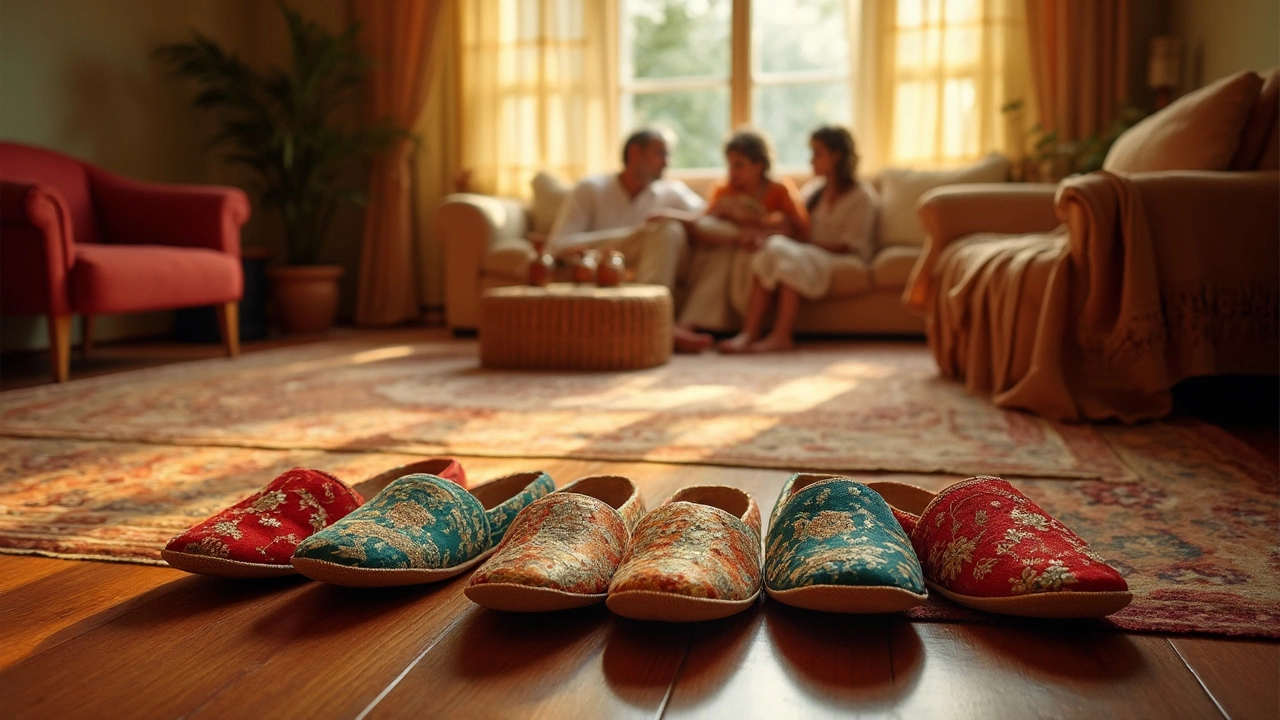Traditional Footwear: Timeless Style Meets Modern Comfort
If you think old‑school shoes are only for festivals, think again. At Arman Fashion Line we blend age‑old craftsmanship with today’s comfort tech, so you can wear traditional footwear every day without a second thought.
Our line covers everything from low‑cut juttis to sturdy kolhapuris. Each pair starts with a hand‑selected leather or natural fiber, then a skilled artisan cuts, stitches, and decorates it by hand. The result is a shoe that feels personal, not mass‑produced.
Why Choose Traditional Footwear?
First off, you get real durability. A well‑made jutti can last years if you look after it, which beats buying a cheap synthetic shoe every season. Second, the designs reflect regional culture – think intricate embroidery from Rajasthan or bold block patterns from Kerala. Wearing them is a way to show pride in Indian heritage.
Third, comfort is built in. Traditional makers shape the sole to match the natural curve of your foot, so you get less pressure on heels and arches. We add a thin cushioned insole for extra bounce, making the shoes ready for city streets or a village fair.
Finally, these shoes pair with both ethnic and modern outfits. Pair a pair of leather kolhapuri sandals with skinny jeans for a casual‑chic look, or match embroidered juttis with a kurta for a wedding. The versatility is why more people are adding them to their everyday wardrobe.
Caring for Your Handcrafted Shoes
Keeping traditional footwear looking fresh is simple. Start by brushing off dust after each wear – a soft horsehair brush works best. If the leather looks dry, dab a few drops of natural leather oil and let it soak for 10 minutes. Avoid soaking the shoes; water can weaken the stitches.
Store them in a cool, dry place. We recommend a breathable shoe bag rather than a plastic box, so the leather can breathe. For extra shape support, insert a shoe tree made of cedar; it also helps absorb moisture.
If you get a stain, act fast. Light mud can be wiped off with a damp cloth, while oil‑based stains need a mild soap solution. Always test any cleaner on a hidden spot first.
One more tip: rotate your shoes. Wearing the same pair every day doesn’t give the material time to recover, which shortens its life. Having at least two pairs of the same style lets each one rest between outings.
At Arman, we also offer a repair service. If a sole starts to wear thin or a stitch comes loose, send the shoe back and our artisans will fix it as if it were brand new. This service helps you keep the shoes in circulation longer and reduces waste.
Ready to try a pair? Browse our collection and pick a style that matches your vibe. Whether you want bold colors for a party or a muted leather for daily wear, we have something that feels authentic and fits right. Traditional footwear isn’t just a relic – it’s a living part of today’s fashion, and Arman makes sure it works for you.

